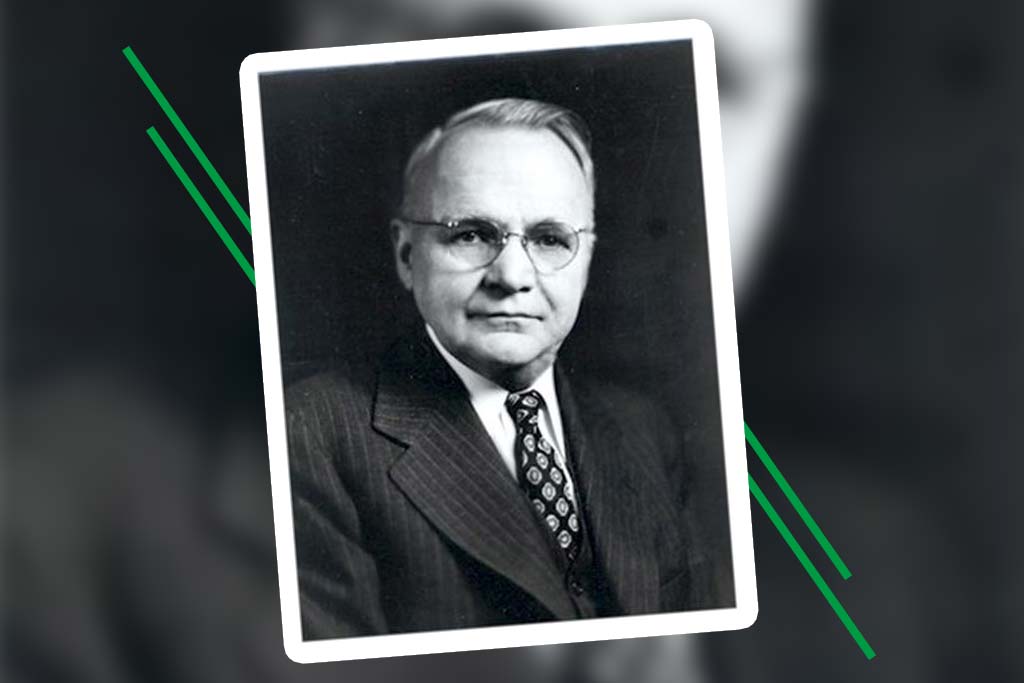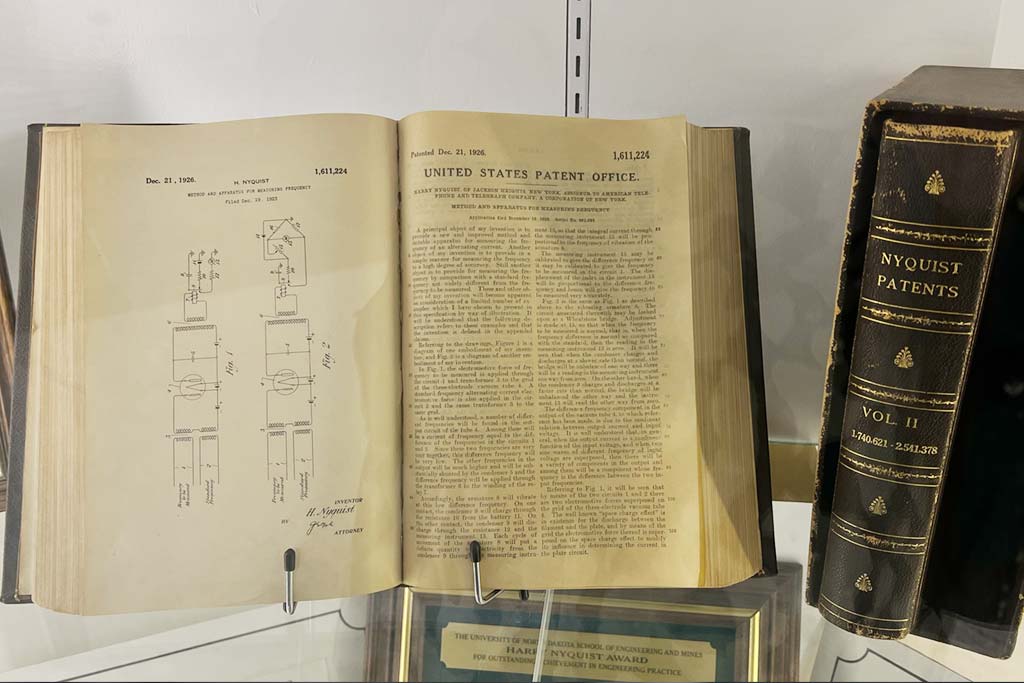From UND graduate to famous inventor and thought pioneer
On National Inventors Day, a famous inventor from UND is remembered

If you’ve ever walked through the first floor of Upson II, you’ve likely stumbled upon a memorial not too far from the Dean’s Office.
The Harry Nyquist Memorial is a tribute to a UND electrical engineering graduate who went on to define critical understandings of communication systems. Known for being an incredible student, he had an amazingly productive career post-graduation. Throughout his career, he was a respected inventor and scientist who significantly impacted the modern communication systems we take for granted today.
But you don’t have to be an electrical engineer to feel the impact Harry ended up having on the world. Because of his contributions to the fundamentals of communication, we can thank him for his influence on decades-worth of engineers and scientists.
His ideas had a critical impact on other theorists, too; his early discovery of bandwidth requirements for transmitting information laid the foundations for mathematician and scientist Claude Shannon, which led to the development of information theory.
Nyquist made what had proved to be a lasting contribution to the field of data communication when he determined the minimum band of frequencies needed to transmit various types of communications. This was a critical discovery, particularly with data transmission, which requires relatively broad bandwidths. Many years later, Nyquist’s original work still serves as a foundation for much of modern communications today.
In fact, some of today’s electrical engineering students may recall his name from topics like the ‘Nyquist Frequency’ and the ‘Nyquist Rate.’ Other terms named after Harry include the Nyquist plot, Nyquist ISI criterion, Nyquist (programming language), and Nyquist stability criterion.

His accomplishments don’t stop there; throughout his 37-year career at Bell Laboratories, Harry submitted nearly a whopping 150 patents for inventions. During his lifetime, he also received several honorable awards and recognitions, including:
- The Medal of Honor of the Institute of Radio Engineers
- The Stuart Ballantine Medal of the Franklin Institute
- The M.J. Kelly Award of the American Institute of Electrical Engineers
- The National Academy of Engineering’s Fourth Founders Medal
- The Rufus Oldenburger Medal of the American Society of Mechanical Engineers
Harry had an influence beyond scientific knowledge, too.
According to The Idea Factory: Bell Labs and the Great Age of American Innovation, Bell Laboratories patent lawyers wanted to know why some employees were so much more productive than others in terms of patents. They found that the only thing the productive employees had in common with one another was that “workers with the most patents often shared lunch or breakfast with a Bell Labs electrical engineer named Harry Nyquist. It wasn’t the case that Nyquist gave them specific ideas. Rather, as one scientist recalled, ‘he drew people out, got them thinking.'”
If you ever walk past the Harry Nyquist Memorial, take a moment to remember that innovation doesn’t begin and end with just one mind. Just like how Harry’s research paved the way for innovations by other scientists, engineers and theorists, our ideas have the potential to evolve into something far greater than we could have ever imagined, through collaboration and sharing of knowledge.
[Editor’s Note: This article was published in time for National Inventors Day. National Inventors Day is a time to celebrate the people behind the invention and inspire future innovators.]
Written by Paige Prekker // UND College of Engineering & Mines


